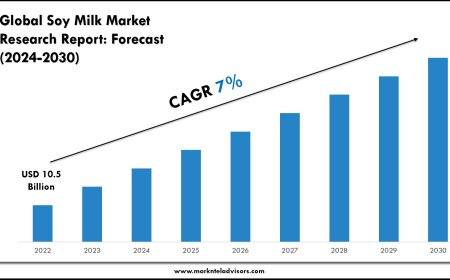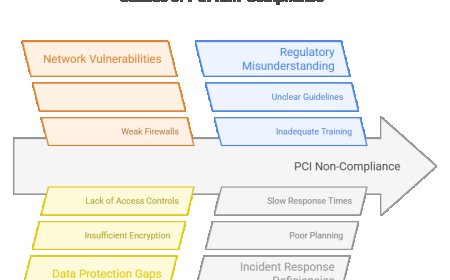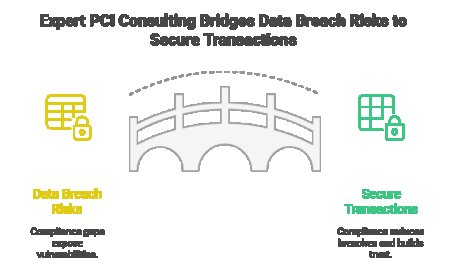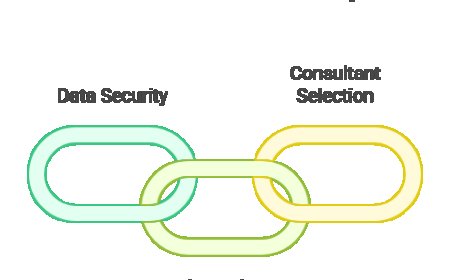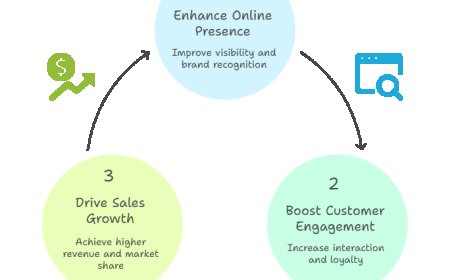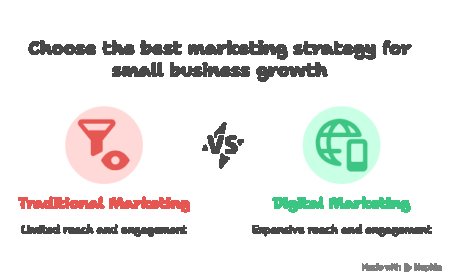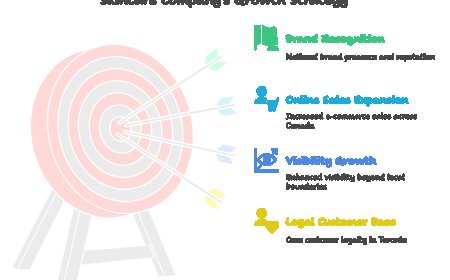The Language Engine: How LLMs Learn to Understand and Generate Human Thought
This article unpacks the inner workings of Large Language Models (LLMs), explaining how machines transform vast datasets into coherent, context-aware language.
Introduction

Large Language Models (LLMs) are among the most transformative technologies of our time. From answering questions to composing essays, writing code, and simulating conversation, these models mimic human thought patterns with astonishing fluency. But how do they actually work?
At the core of LLMs lies a deep learning framework that turns raw text into a model capable of understanding context, meaning, and intent. This article explores how LLMs are trained, structured, and deployedand how theyre reshaping the way we interact with machines.
1. The Core Idea: Predicting Language, One Token at a Time
An LLMs job is deceptively simple: predict the next word (or token) in a sequence. But this simple task, repeated billions of times, enables the model to internalize grammar, facts, styles, reasoning, and even humor.
The model isnt taught language in a traditional senseit learns by exposure. By processing huge volumes of text from books, websites, and conversations, the model identifies patterns in how words relate to one another.
This prediction task becomes the foundation for everything the model can dofrom translation and summarization to casual dialogue.
2. The Data: Feeding the Machine
Training an LLM starts with collecting and preparing massive amounts of text. Sources include:
-
Public web pages and encyclopedias
-
Digitized books and technical manuals
-
Scientific papers and open-source code
-
Forums and online discussions
Engineers must clean, filter, and tokenize this data. Tokenization breaks text into manageable units that the model can learn fromthese may be words, subwords, or even characters.
The quality and diversity of this training data is critical. A biased, narrow, or toxic dataset leads to flawed outputswhile well-curated corpora foster more useful, safe models.
3. The Architecture: How Transformers Learn
Modern LLMs are built on a type of deep learning architecture called the transformer. Introduced in 2017, transformers allow models to weigh the relevance of every word in a sentence relative to every other wordregardless of position.
Self-attention is the key innovation. It allows the model to determine, for example, that in the sentence The cat that the dog chased ran, the word cat is the subject of ran.
Each transformer layer captures deeper relationships, and stacking these layers enables the model to build a rich, contextual understanding of language.
4. Training: Scaling Intelligence
Training an LLM involves running the model through billions of text sequences and adjusting its internal parameters (weights) to minimize prediction error.
This process requires:
-
Massive compute clusters of GPUs or TPUs
-
Parallelization strategies to handle memory and speed limits
-
Optimization algorithms like Adam and techniques like learning rate schedules
Training is expensivein time, money, and energy. But it results in a model that can generate coherent and relevant text in virtually any domain.
5. Making It Useful: Fine-Tuning and Alignment
After pretraining, the model is powerfulbut raw. It may generate verbose, biased, or unsafe responses. Fine-tuning is required to make it helpful, safe, and aligned with human expectations.
Methods include:
-
Supervised fine-tuning: Teaching the model to follow instructions with labeled examples
-
Reinforcement Learning with Human Feedback (RLHF): Training it to prefer outputs that humans rank more highly
-
Guardrails and safety layers: Filtering toxic or inappropriate content
This stage transforms the model from a knowledge engine into a practical assistant.
6. Real-World Deployment: From Labs to Users
Once trained and aligned, LLMs are integrated into real products. This could be via chatbots, APIs, voice assistants, writing tools, or embedded systems.
Deployment involves:
-
Latency reduction for real-time interaction
-
Caching and retrieval to augment responses with up-to-date knowledge
-
Cost optimization through model distillation or quantization
-
Monitoring and feedback loops to improve performance over time
Companies must also consider legal, ethical, and user experience factorsespecially when deploying models that generate content autonomously.
7. Future Directions: Where LLMs Are Going
The pace of innovation in LLMs is accelerating. Key developments on the horizon include:
-
Multimodal models that understand images, audio, and video
-
Memory-enabled models that retain context between sessions
-
Agentic LLMs that plan, reason, and take actions autonomously
-
Smaller, more efficient models for on-device use
The goal isnt just to make models smarterbut to make them more useful, reliable, and trustworthy across all domains.
Conclusion
LLM development is a remarkable blend of science, engineering, and creativity. By training models on vast amounts of human language, we are teaching machines to reflect, reason, and respond in increasingly sophisticated ways.
Understanding how these systems workhow they move from raw data to intelligent dialoguegives us insight not only into the future of AI, but also into the nature of language itself.
As LLMs evolve, the way we work, learn, and communicate will continue to shiftand the tools we build will shape the intelligence of the digital world ahead.












